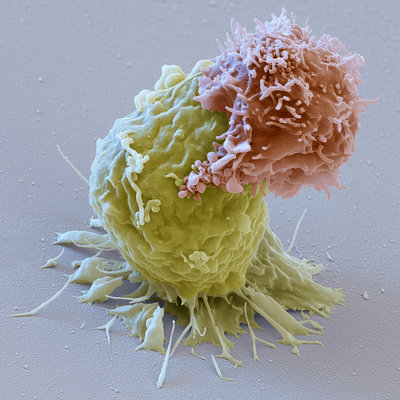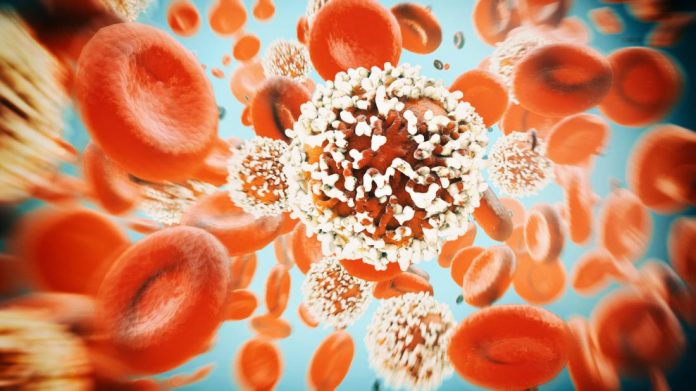The pathogen has developed ways to evade the immune system. Additionally, an over aggressive immune system can cause damage itself. Pathogens usually replicate in the host, spread to new hosts, and avoid stimulating strong immune responses. Some pathogens, such as HIV, evade the classical immune response. Additionally, there are hundreds of different pneumococcus strains, each of which has a different antigenic protein on it’s surface; thus avoiding destruction by the immune system. The immune system treats each strain of pneumococcus as a different organism. Vaccines against pneumococcus must be a combination of all strains of the disease. Then the immune system will create a broad-based immune response. When they battle a strain of pneumococcus now, they will have a pre-existing response to the organisms.
Influenza evades the immune system by randomly mutating. Influenza has two major proteins embedded in it’s lipid bilayer, hemagglutinin and neuraminidase. Mycobacterium Tuberculosis avoids being killed by secreting enzymes that prevent fusion of lysosomes with the phagocytic vesicles the mycobacteria may fuse with. Herpes makes a decoy receptor that binds with molecules of the immune system; and no immune response is elicited. HIV, which suppresses the CD-4 cells of the immune system, avoids the immune system by continually changing the antigens on it’s capsid coat. Thus, there are various ways in which pathogens evade the immune system.













































